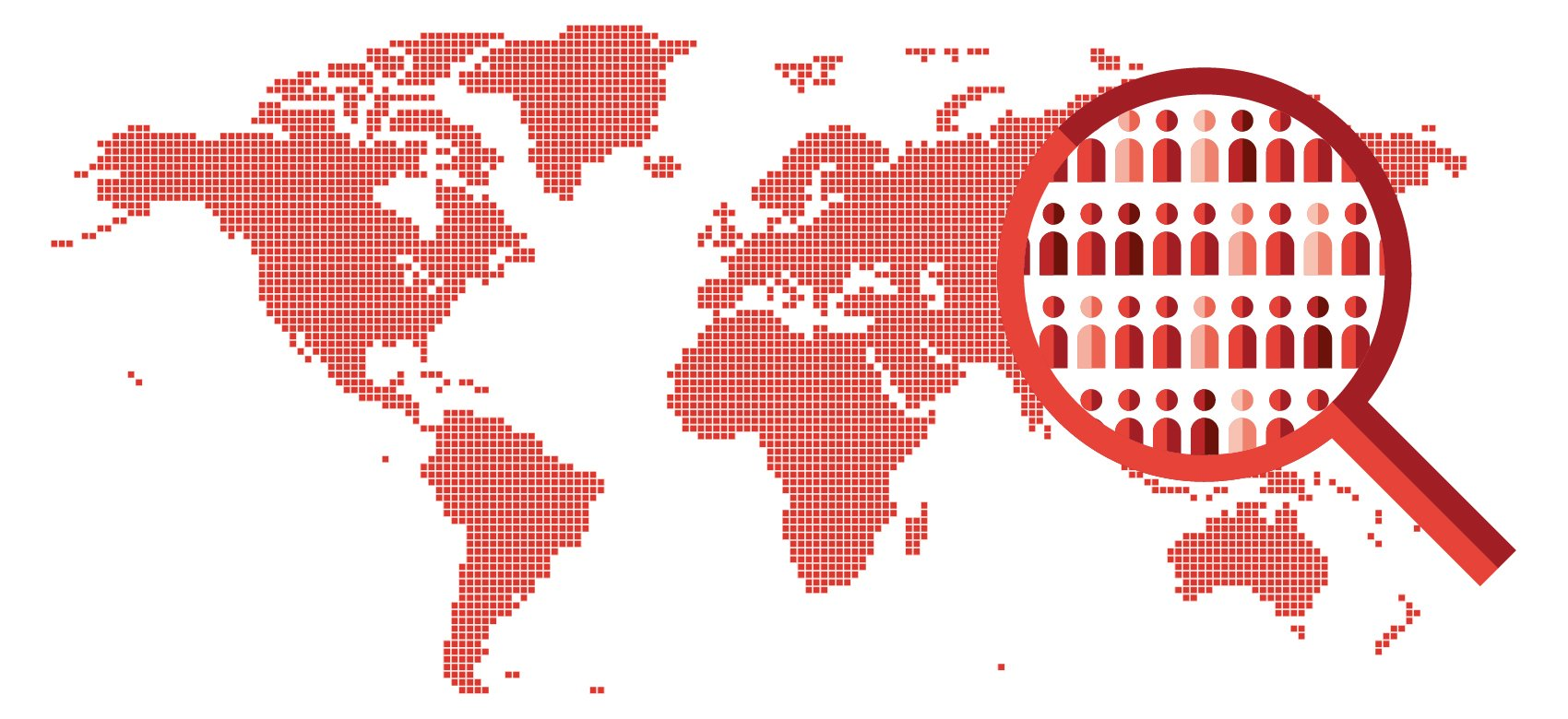The pledge to Leave No One Behind is central to Agenda 2030, a promise made by the 193 countries that adopted the General Assembly resolution in September 2015 that they would ensure that everyone is included on their journey towards the 17 Sustainable Development Goals.
The COVID-19 pandemic poses a huge risk to progress on the SDGs that are most relevant to the Leave No One Behind pledge, including SDG 1 on ending poverty and SDG 10 on reducing inequality. The World Bank’s latest projections estimate that it could push 40-60 million people into extreme poverty, while others have painted a much more pessimistic picture – a recent paper for UNU-WIDER suggested that global poverty could rise by half a billion people. Meanwhile the World Food Programme has warned that the numbers facing acute food shortages could double this year.
As in other crises, the people who are the most vulnerable and have the least resilience are likely to be hit hardest by its impact, whether from the immediate health pandemic or the medium to long-term economic and social consequences. This includes those living below the poverty line or just above it, people with limited access to clean water and sanitation, healthcare facilities and good nutrition, and those who are specifically, disadvantaged by their geographic location, gender, age or disability. In many cases, individuals and communities face multiple deprivations that compound each other and contribute to their exclusion.
